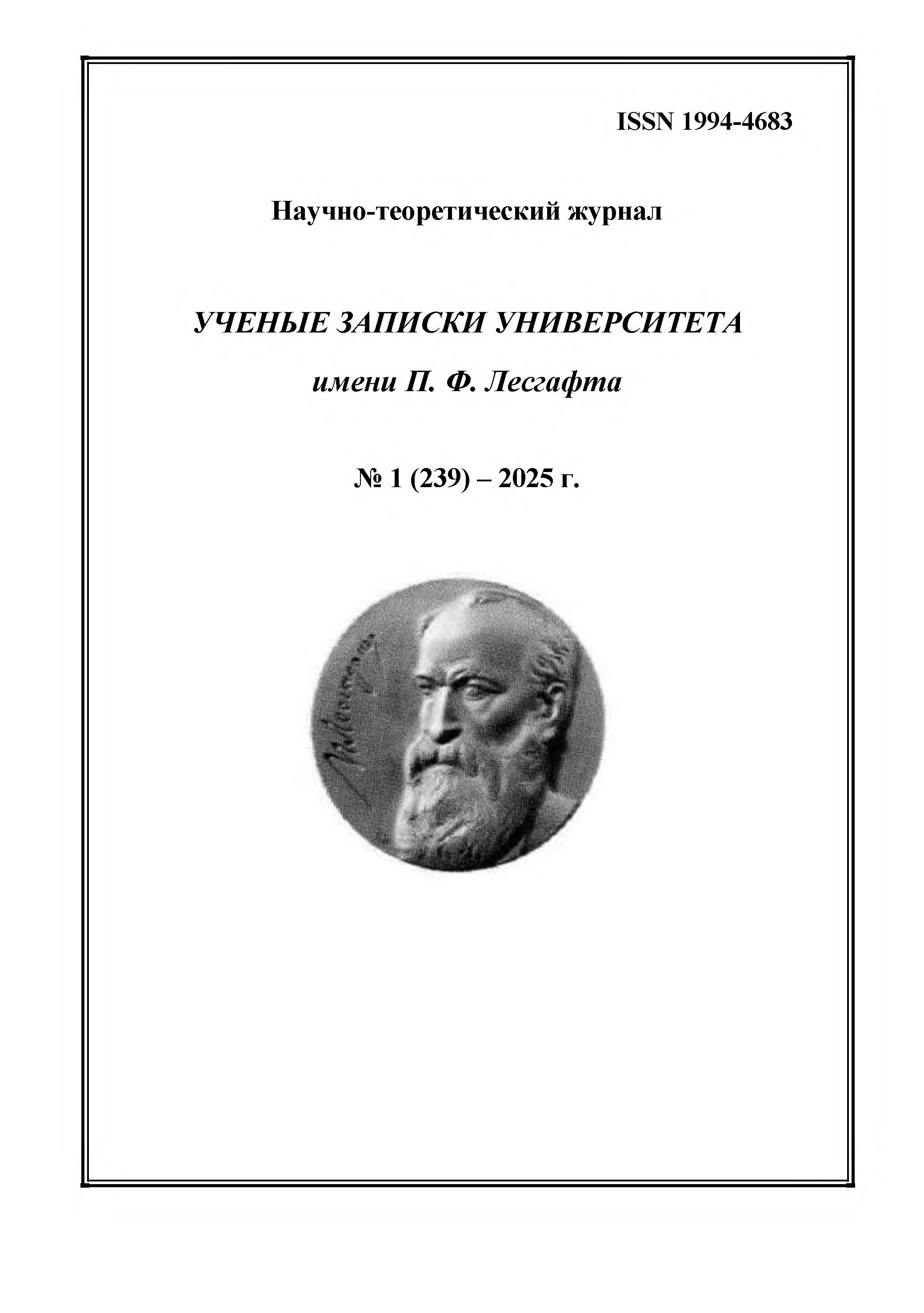student from 01.01.2023 to 01.01.2025
Saint-Petersburg, St. Petersburg, Russian Federation
employee
Saint-Petersburg, St. Petersburg, Russian Federation
CSCSTI 77.01
The article presents the results of an experiment involving 20 athletes aged between 19 and 23 years, who are engaged in athletics and have a non-differentiated form of connective tissue dysplasia. The purpose of the study is to evaluate the effectiveness of photochromotherapy with green light as a method of rehabilitation for autonomic disorders in athletes. Research methods and organization. The analysis and summarization of scientific and methodological literature, the study of medical documentation, surveys in the form of questionnaires, functional tests, pedagogical observations, pedagogical experiments, and statistical-mathematical methods were employed for processing the results. During the experiment, the athletes were divided into two groups: an experimental group that underwent a course of photochromotherapy, and a control group in which the athletes trained in a conventional manner without any additional intervention. Research results and conclusions. The study revealed a significant decrease in the levels of autonomic disturbances and anxiety in the experimental group, indicating the positive impact of photochromotherapy. The appropriateness of integrating this method into the rehabilitation of athletes with connective tissue dysplasia has been confirmed, which may enhance their adaptive capabilities and quality of life.
autonomic disorders, connective tissue dysplasia, athleticism, sports medicine, athlete rehabilitation, psychophysiological adaptation
1. Nechaeva G. I., Viktorova I. A., Druk I. V. [et al.] (2008), “Connective Tissue Dysplasia: Basic Clinical Syndromes, Diagnosis Formulation, Treatment”, The Attending Physician, No. 2, pp. 22–28.
2. Martynov A. I. [et al.] (2016), “National Guidelines of the Russian Scientific Medical Society of Therapists for the Diagnosis, Treatment and Rehabilitation of Patients with Connective Tissue Dysplasia”, Medical Bulletin of the North Caucasus, Vol. 11, No. 1, pp. 2–76.
3. Kiryanova V. V. (2006), “Phototherapy in Medicine”, Prospects for the Use of Light Therapy in Clinical Practice, Materials of the Scientific and Practical Conference, St. Petersburg, p. 19.
4. Tereshin A. E., Kiryanova V. V., Reshetnik D. A. [et al.] (2019), “Photochromotherapy with Narrow-Band Optical Radiation with a Wavelength of 530 nm in Cognitive Rehabilitation of Patients with Focal Brain Lesions”, Bulletin of the North-Western State Medical University named after I.I. Mechnikov, vol. 11, No 1, pp. 27–38.
5. Veselovsky A. B., Mitrofanov A. S., Kiryanova V. V., Fefilov G. D. (2005), “The Role of the Main Characteristics of Optical Radiation in Phototherapy”, Topical Issues of Light Therapy, Materials of the Scientific and Practical Conference, St. Petersburg, pp. 8–9.
6. Karandashov V. I., Petukhov E. B., Zrodnikov V. S. (2001), “Phototherapy (Light Therapy)”, Moscow, Medicine, 392 p.







